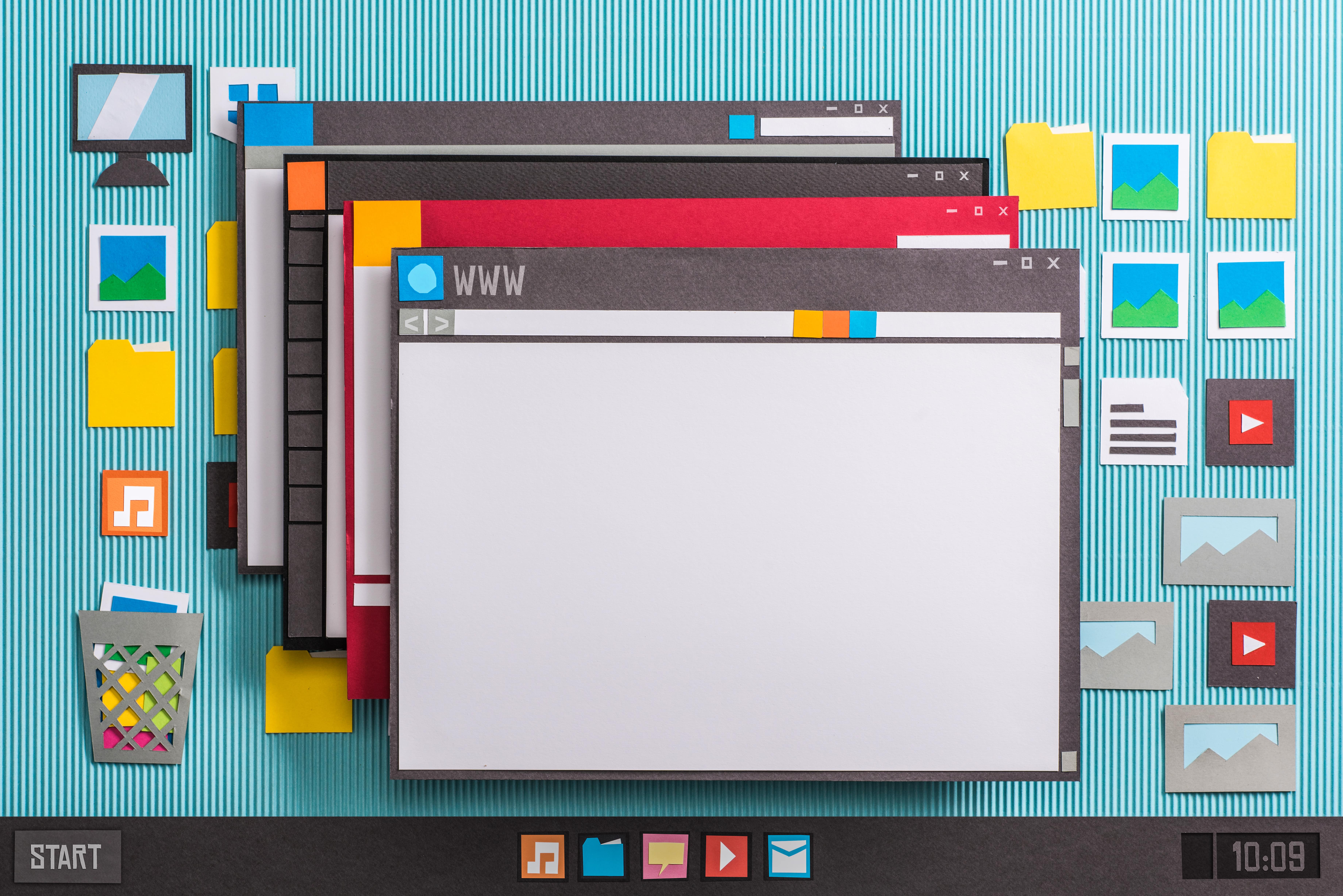
Scalability isn't a luxury—it's a necessity. Whether you're building a platform for 500 users or 500,000, how you structure your application on day one determines how well it can adapt, grow, and survive long-term.
At Duco İstanbul, we treat architecture planning as the foundation of every serious digital product. A scalable system ensures that as user traffic, data, and features expand, performance and stability don't collapse.
Here's how we approach scalable architecture—step by step.
1. Design for Separation of Concerns
Scalability begins with clear modularity. We separate the front-end, back-end, and database layers to isolate logic and responsibility.
- Front-end handles UI and user interaction.
- Back-end manages logic, APIs, and integrations.
- Database stores and queries your data.
This separation allows teams to work independently, deploy faster, and troubleshoot easier.
2. Use a Component-Based Front-End Framework
Modern frameworks like React, Vue, or Next.js allow you to build reusable UI components—each with its own logic, layout, and styling.
This makes it easier to:
- Maintain consistency across the app
- Update features without breaking others
- Scale teams without increasing code complexity
3. Build API-First and Stateless Backends
Using REST or GraphQL APIs lets your app scale across devices, front-ends, and even platforms. Stateless APIs (especially in a serverless environment) make horizontal scaling easier, as each server instance doesn't depend on user-specific sessions.
Bonus: This also prepares your app for mobile extensions, partner integrations, or even headless CMS implementations.
4. Choose the Right Database Strategy
NoSQL? SQL? Hybrid?
- Relational databases (like PostgreSQL) work well for transactional systems.
- NoSQL solutions (like MongoDB or Firebase) offer flexibility and performance at scale.
- Indexing, caching, and query optimization become critical once your user base grows.
Think ahead: Will you need global data distribution? Offline-first functionality? Real-time updates?
5. Deploy with Scalability in Mind
Cloud services like AWS, Vercel, or Google Cloud offer infrastructure that can autoscale as needed. Use containerization (Docker) and CI/CD pipelines to ensure clean deployments and reduce downtime.
Add load balancers, caching layers (Redis), and monitoring tools to track performance and catch bottlenecks before users feel them.
Great apps don't just grow by chance—they grow by design. Build with the future in mind, and your application will meet the moment when scale arrives.




